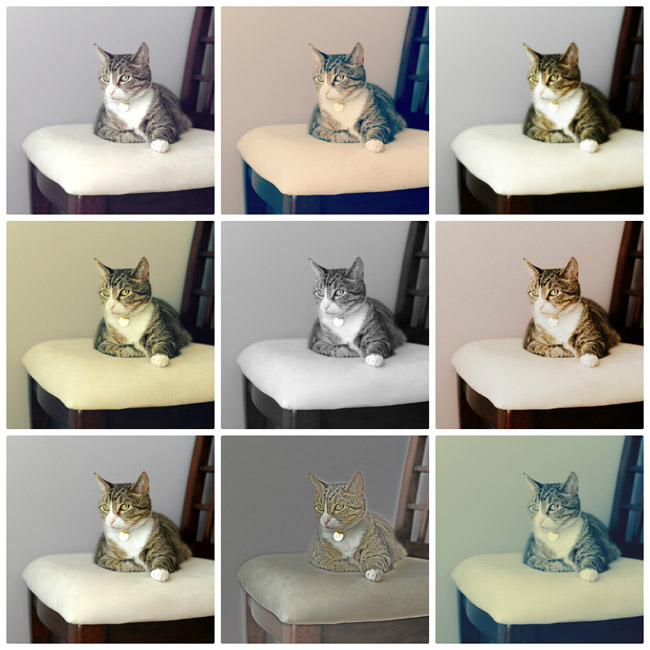Someone really needs to put a disclaimer on the DSLR camera box before you go investing in that humongo piece of equipment, don’t you agree?
Disclaimer: Buying our product will not automagically make you a professional photographer. Learning how to work the machine you just plunked down wads of cash for may induce states of frustration, rage, anxiety, or depression. Reading the instruction manual may make symptoms worsen. Improvement of symptoms can be achieved with new lenses, accessories, technical assistance, editing techniques, and software. Symptoms may vary from person to person and may become more manic over time. Buy at your own risk.
At least, that was the disclaimer I wish *I* had when I got my hands on my first dslr camera, a Nikon d90, 3 years ago. Yes, the dslr created thiss amazing clarity I didn’t have before with my point and shoot, and yes the ability to get a beautiful blurry background was AWESOME (although a seemingly random occurrence that I had difficulty repeating), and yes the speed at which my shutter was able to capture outdoor photos was super fantastic. But at the time, I never realized just how much there was to learn and what REALLY went into making a the ‘perfect picture’.
The two most surprising things I learned with camera in hand?
1) How overwhelming the the technical aspects of photography were. The sheer amount of scientific information I needed to hold in my brain at any given moment in order to make my camera do exactly what I wanted it to was unexpected and frustrating!
2) How even after putting all that scientific ‘mojo’ into action my images still had a ‘blah’ quality to them that always needed an extra boost.
#2. That’s the frustrating place where photo editing entered my life.
After spending countless hours admiring professional photography websites and blogs I had the unrealistic expectation that my images should come out of my professional photography gear looking professional already.
I was expecting images that radiated, instead I got images that were deflated.
I set out to tackle this new element of the photography process once and for all and quickly became addicted. Playing with actions and filters and curves and layers felt magical. The mouse was my wand and all it took was a few waves to transform a flat image into one that conveyed emotion, meaning, and life. I had the power to paint a vibrant and lively story through a simple pop of color or weave one that was dark and mysterious with a bit of black and white.

Learning how I liked to edit my photos taught me an important lesson too.
There really is no such thing as a perfect picture.
A perfect picture may be more technically sound. It may have better lighting. Or the focus may be dead on. But even those rules can be broken and still make for a beautiful image. Editing is like the icing on the cake that transforms your pictures from something plain to something incredible. And editing can sometimes give a purpose and a context to your images as well.
If you’re ready to explore what editing can do for your photos you must first get over your fear! The fear that you don’t know the technology well enough. The fear that you’re not doing it ‘right’. The fear that it will take too much time. The fear that learning all those software options will be too overwhelming.
The good news? I am here to help you on your photography and editing journey this summer. In my e-book Radiate we’ll explore photo editing in entirely new and surprising ways. We’ll piece together assignments that will be meaningful to your life and help you uncover the editing tools and techniques that light you up. My number 1 rule? In the end if the image looks beautiful to you, then it IS beautiful. No right or wrong. Just lots of learning so that you’ll be able to create beautiful images that radiate straight through your heart and soul.
